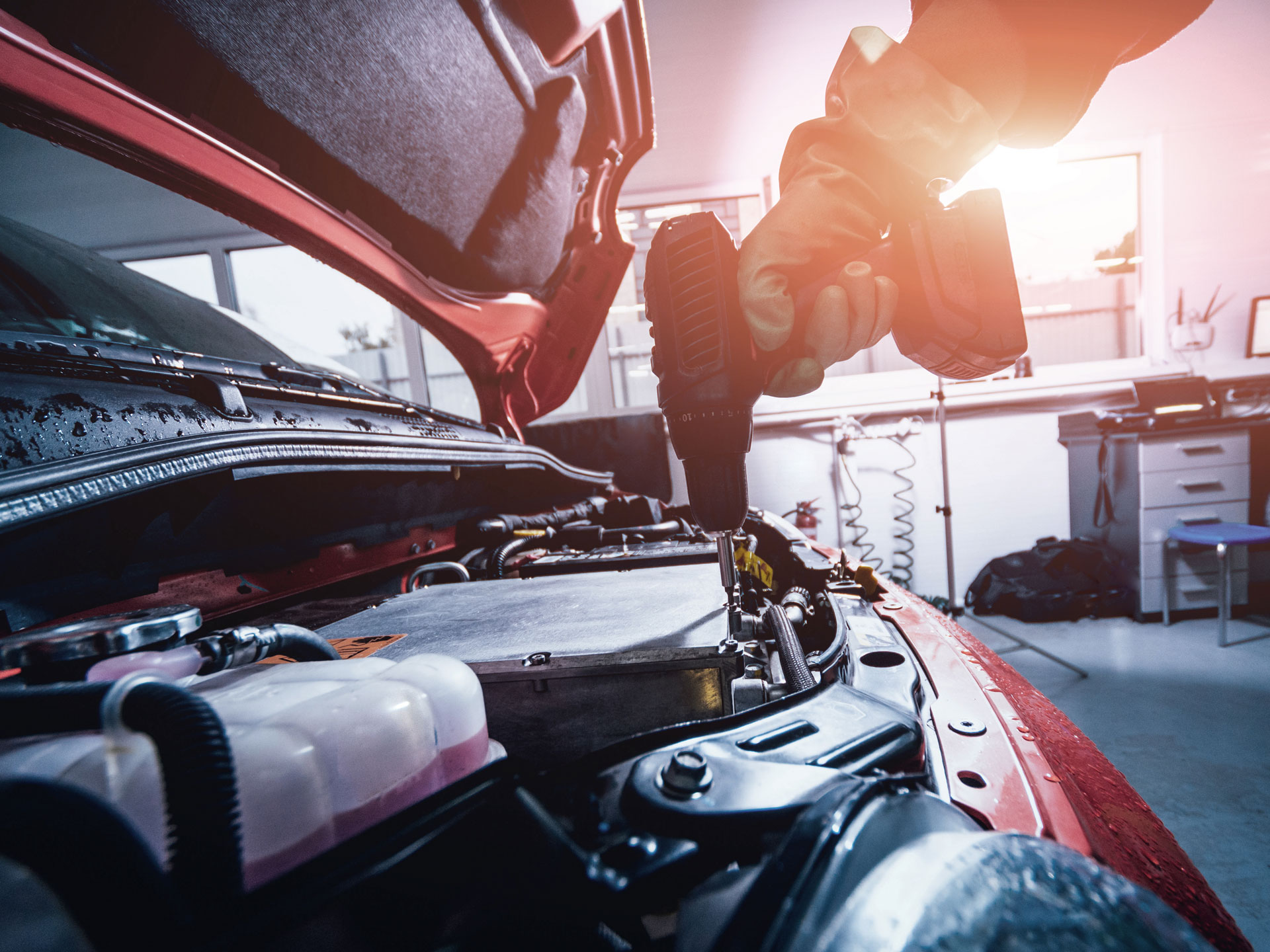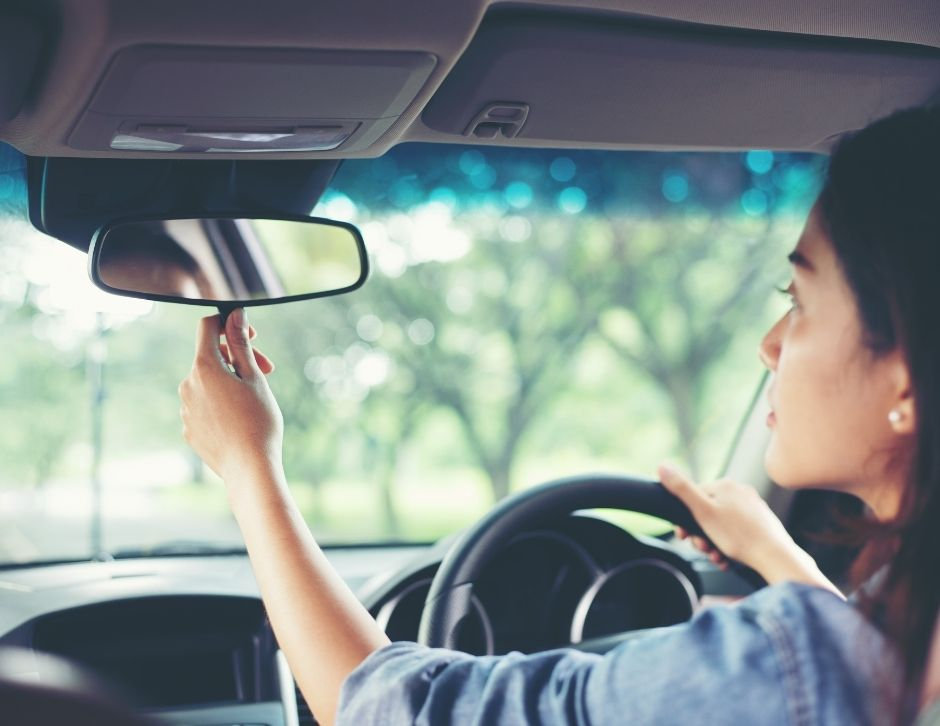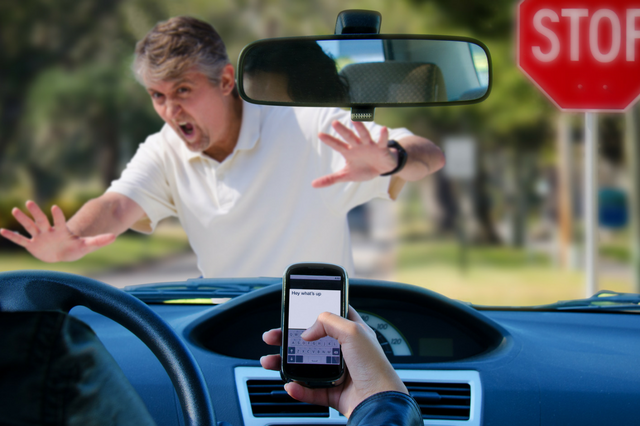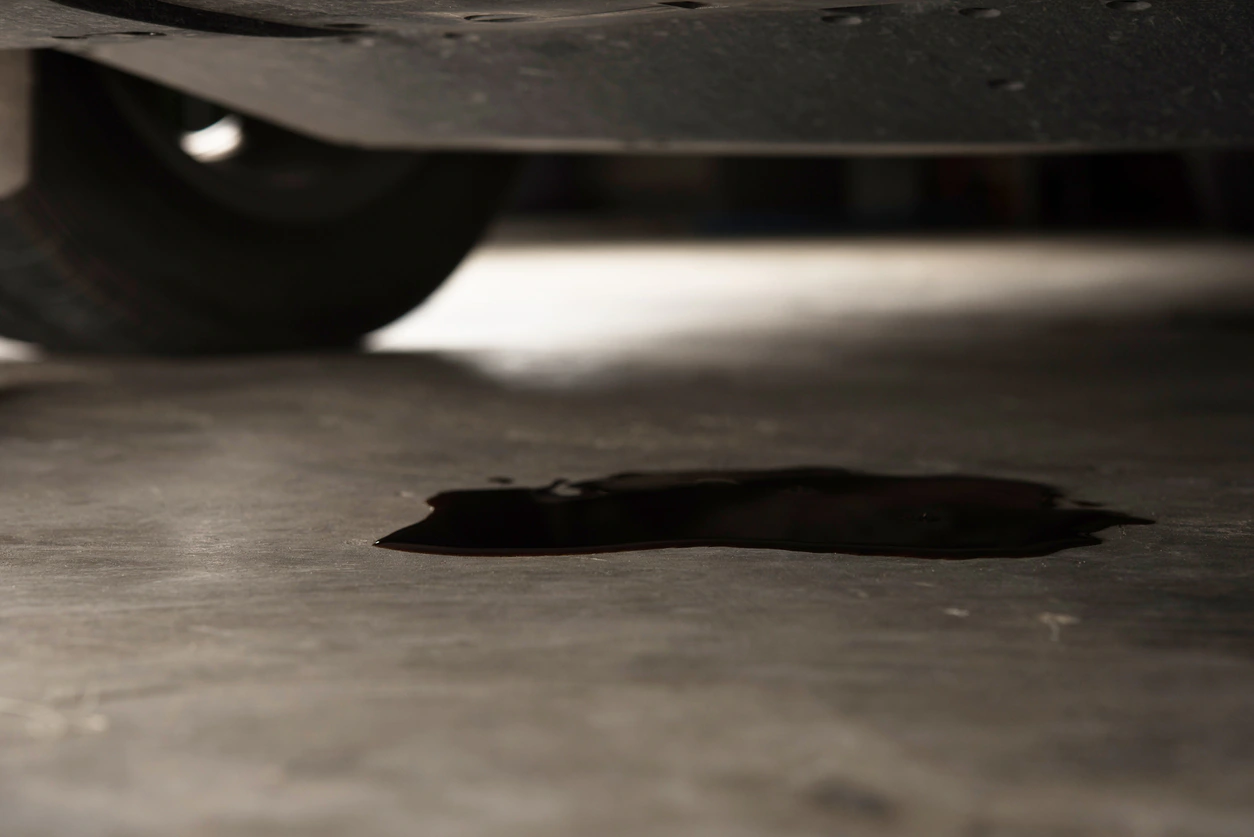he rise of cell phones has had some unintentional and sometimes fatal consequences on America’s highways. An unsettling number of traffic casualties are related to driving while distracted, including the use of cell phones while driving, resulting in damage and loss of life.
Nine people die, and over 1,000 are wounded daily in incidents registered as distraction-related accidents in the United States, according to the National Highway Traffic Safety Association (NHTSA).
Handheld cell phone use while driving tends to be highest among 16- to 24-year-old drivers.
Texting and driving are one of the most treacherous forms of distracted driving. The average text sent or read in a car takes a motorist’s eyes off the road for 5 seconds. This is more than enough time to get in a life-changing crash. With so many less experienced motorists on the road using highly distracting devices, the potential for crashes-and therefore injuries and deaths-is extremely high.
WHAT CAN YOU DO TO STOP TEXTING AND DRIVING ACCIDENTS?
Be straightforward: Make sure new motorists comprehend that they should not use cell phones while driving.
Before new motorists get their licenses, confer how taking their eyes off the highway-even for a few glances- can cause someone harm or even death.
- Lead by example: Set restrictions on distracted driving for new motorists and yourself. Don’t text while driving-if you are driving and you need to text or talk on the phone, pull over to a secure place before doing it.
- Be engaged: Inform family and friends about the significance of driving without distractions. Take the info to your children’s schools and ask that they communicate it with pupils and parents.
Texting is one of the most perilous types of inattentive driving because it incorporates optical, manual, and mental distractions.
When drivers get behind the wheel of a vehicle, many decide to pull out their cell phones and text, which is an action that threatens and hurts thousands daily.
WHAT ARE THE THREE TYPES OF DISTRACTED DRIVING?
What are the hazards of texting and driving? Distractions. Anything that takes your concentration away from being an active driver counts as a distraction. Distractions are why texting and driving are so treacherous. Distractions threaten everyone around you on the highway and in your vehicle, including yourself. Texting is not the only type of inattentive driving.
The CDC says that inattentive driving falls into three classifications:
- Cognitive distraction: This type of distraction happens when a driver stops thinking about driving. For instance, drivers who concentrate on a discussion with a passenger have cognitive preoccupation. Your mind is on something other than driving. The effects of this influence response time to changing surroundings. Daydreaming is another kind of cognitive distraction, for instance.
- Manual distraction: Any time you take your hands off the wheel. Motorists who withdraw their hands from the steering wheel are manually preoccupied. For example, drivers who reach for something in the back seat of their vehicle have manual preoccupation.
- Visual distraction: This kind of distraction happens when drivers withdraw their eyes from the road. Drivers, for instance, who look at a cell phone to get directions are visually preoccupied.
Texting while driving involves all three distractions. Staring at a phone means at least one hand is not on the wheel. Looking at a phone means not being vigilant and attentive to surroundings. When thoughts are distracted by the content on a device, thoughts are elsewhere, while the primary attention should be on the job of driving. The risks of texting and driving result from the distractions cell phones bring to a car.
Texting and driving is one of the most treacherous types of distracted driving because it incorporates cognitive, manual, and visual distractions.
WHY DO INDIVIDUALS STILL TEXT AND DRIVE DESPITE THE DANGERS?
Even though many individuals recognize that texting and driving endanger others, many continue to do it anyway. In a study funded by AT&T, over 90 percent of the participating drivers reported they understood texting and driving was unsafe, but they did it anyway. One of the primary reasons for this conduct was thinking that they can successfully multitask.
WHY CELL PHONES BEHIND THE WHEEL ARE SO UNSAFE?
Today’s phones do much more than just make calls. They are used for texting, taking photos, amusement, navigation, and anything else. Texting on your phone is one of the most treacherous types of inattentive driving merely because it requires so much concentration. You look at your phone, considering what to type, and take your hands off the steering wheel to do it.
Some drivers believe that because cell phones are a significant part of their lives, they can text and drive. The fact is that humans cannot multitask to that extent. No one is an expert at texting and driving simultaneously, and individuals pay for these conclusions with their lives.
Looking at your phone to read or reply to a text message takes five seconds. When you’re going at 55 miles per hour, you can cross the length of a football field-all without glancing at the road. It doesn’t matter if you look up often during that time or if you’ve stopped at a red light; it takes about three seconds for your senses to concentrate again after checking your phone. There isn’t enough time to text and drive.
RISKS OF TEXTING AND DRIVING
How dangerous is texting while driving?
Other staggering statistics of the risks of texting while driving include:
- One in five people involved in inattentive driving fatalities was not in a vehicle. This includes pedestrians, cyclists, or other circumstances outside of a car.
- Roughly 9.7 percent of drivers use devices at any daylight moment.
- 15 percent of injury crashes resulted from inattentive driving
- There is a 400 percent increase in time spent with eyes off the road while texting.
- The chance of a wreck or near-crash jumps by 95 percent when reaching for or dialing a phone.
- AAA discovered that 12 percent of crashes involved phones
-
OTHER DANGERS TO TEXTING ON THE HIGHWAY
Deadly results or possibly hurting someone are the most significant risks of texting and driving, but not the only ones.
Here are some other risk factors to consider before picking up your phone behind the wheel.
- You are likely breaking the law: Texting and driving is illegal in most states. You can get a ticket.
- Your insurance can go up: If you get a ticket for distracted driving, count on skyrocketing insurance rates.
- You can damage your vehicle: Even if you don’t harm someone if you cause an accident while texting, you can harshly damage your car. A totaled vehicle won’t be inexpensive to fix or replace.
It is lawful to text and drive in very few states. All other states have some form of law against it.
In 48 states, Washington, D.C., Puerto Rico, Guam, and the U.S. Virgin Islands, it is not legal for any driver to text and drive. All but five of these states and territories have primary enforcement laws restricting texting while driving. That means police do not need an extra reason to pull you over and give you a ticket.










